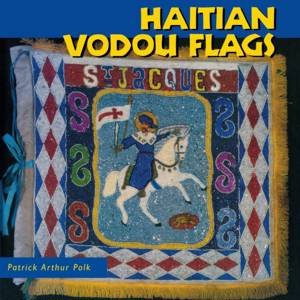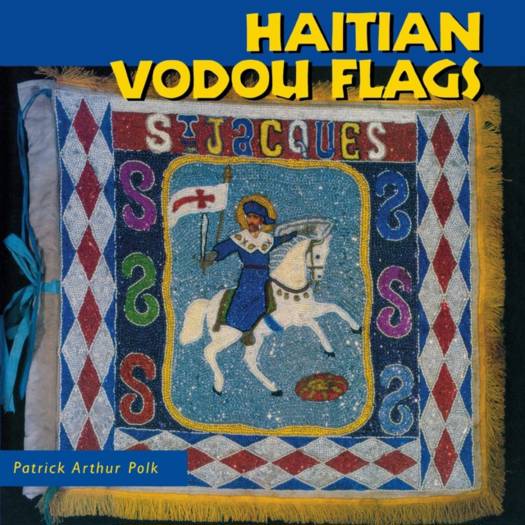
- Afhalen na 1 uur in een winkel met voorraad
- Gratis thuislevering in België vanaf € 30
- Ruim aanbod met 7 miljoen producten
- Afhalen na 1 uur in een winkel met voorraad
- Gratis thuislevering in België vanaf € 30
- Ruim aanbod met 7 miljoen producten
Zoeken
€ 59,45
+ 118 punten
Omschrijving
Once little known outside of Haiti, Vodou flags (drapo Vodou), dazzling in color and imagery, have become popular commodities in the international art market. Works by such notable Haitian artists as Silva Joseph, Antoine Oleyant, and Yves Telemak now grace the walls of museums, art galleries, and private homes throughout the world. Shimmering with sequins and reflected light, they capture the attention of Vodou practitioners and art lovers alike. This book about Vodou flags and flagmakers is a striking revelation of the gods (Iwa) that inhabit the Vodou spirit world. The sequined works pictured here combine and juxtapose African symbols with images from Europe and the Americas and form a rich mosaic of ritual art. Inspired by myths, legends, and unique personal visions, the artists of Vodou flags interweave sacred, time-honored designs with contemporary images as they produce captivating works that are both ancient and modern. Their flags, incorporating ritual drawings, Masonic symbols, and pictures of mermaids and Catholic saints, offer viewers an encounter with the aesthetics, symbolism, and social implications of Vodou. The spiritual realm reflected in the flags is not the dark, frightening place of black magic and superstition that is stereotyped in popular culture. Instead, drapo exemplify the beauty, elegance, and enduring embrace of gods and ancestors in their present manifestations. The flags are the artists' visual testimonials that the Iwa are present and active in the lives of Vodou practitioners. Patrick Arthur Polk serves as the museum scientist and archivist for the UCLA Folk-lore and Mythology Program.
Specificaties
Betrokkenen
- Auteur(s):
- Uitgeverij:
Inhoud
- Aantal bladzijden:
- 76
- Taal:
- Engels
- Reeks:
Eigenschappen
- Productcode (EAN):
- 9781617030178
- Verschijningsdatum:
- 1/10/2010
- Uitvoering:
- Paperback
- Formaat:
- Trade paperback (VS)
- Afmetingen:
- 198 mm x 198 mm
- Gewicht:
- 199 g

Alleen bij Standaard Boekhandel
+ 118 punten op je klantenkaart van Standaard Boekhandel
Beoordelingen
We publiceren alleen reviews die voldoen aan de voorwaarden voor reviews. Bekijk onze voorwaarden voor reviews.








